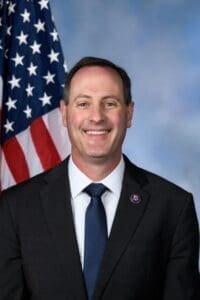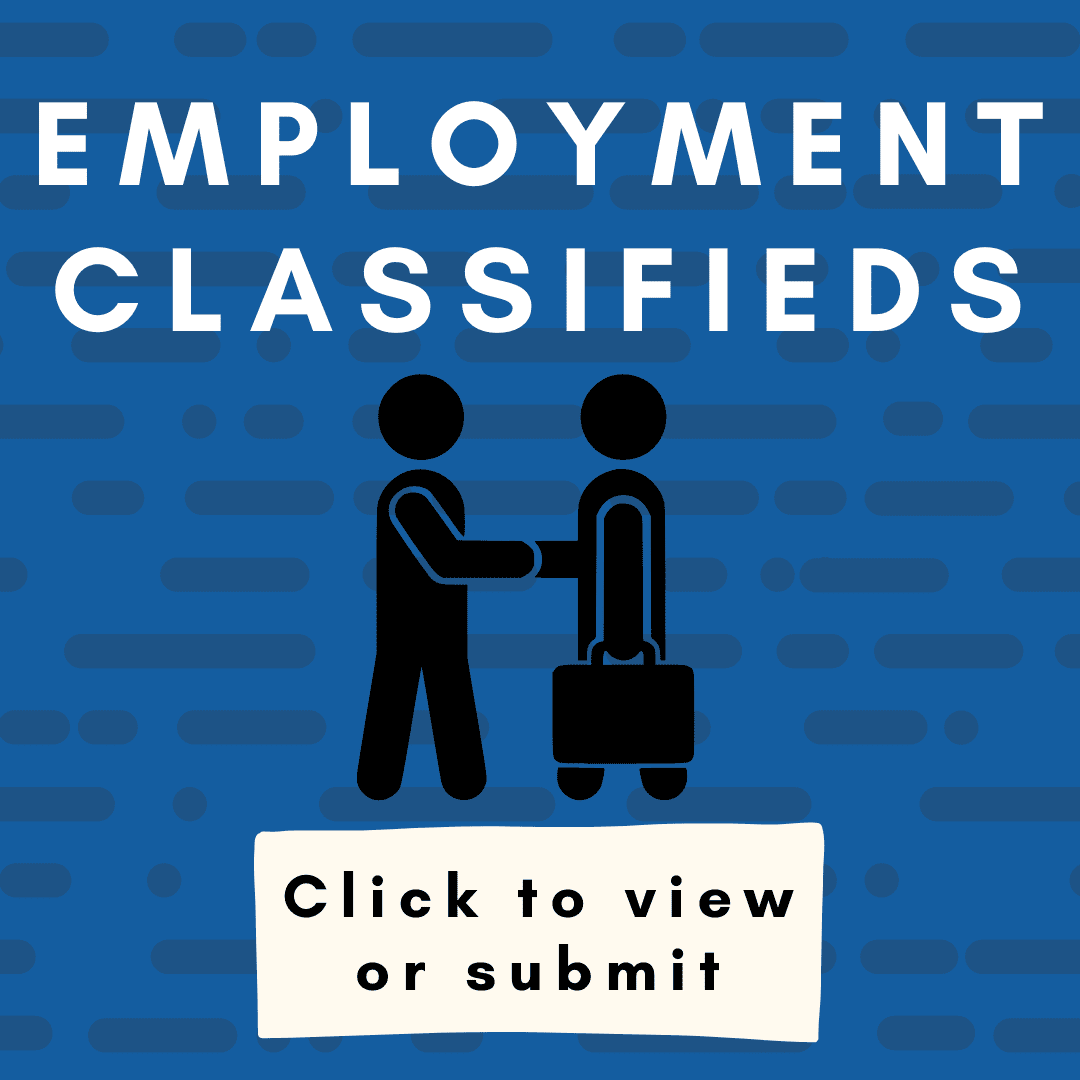In Clay County Medical Center, a button will notify Life Star of an impending emergency.
Connected via cellular data, the button alerts a medically trained flight crew and puts them into motion. Known as the rapid call button, the button signals a dispatcher who passes along important information like location, patient vitals and current ailment, as well as weather.
Most often, the medical helicopter landing in Clay Center is known as Life Star 2, which is based out of Junction City. Brian Pope, Program Manager, said it’s a 12-minute flight.
The goal is to get up in the air within 10-15 minutes, he added. While factors like wind or helicopter location come into play. For instance, in ideal conditions, the helicopter is left on the runway. But if it’s placed in the hangar to avoid wind or rain, it first has to be taxied out before takeoff.
Scheduled maintenance or previous calls also come into play, he said. Life Star 1 flies out of Lawrence, which can be summoned if LS2 is busy or undergoing a quick fix.
When longer maintenance is scheduled, a backup bird is brought on-site.
“You don’t want to be out of service when you’re needed,” he said. Adding that helicopters have a sophisticated list of scheduled maintenance, all of which are based on flight hours.
Pope said there is no average day – the crew may get zero calls or they may get four in 24 hours.
“It’s just one of those things you can’t predict.”
Pope flew for 25 years as a flight nurse before he was promoted to the management side.
“I came from the flight side, so I kind of know what they’re going through and what they experience,” he said. “They may not agree with my decisions all the time, but I also have a reporting structure that I have to follow.”
Most Clay Center patients are taken to Topeka, he said. But regular stops also include Wichita, Kansas City, Omaha, or Lincoln. The destination not only depends on a hospital’s availability, but the type of injury and a hospital’s area of expertise.

That means an average trip of 150 miles. Though Pope is not involved in the medical billing, he said there is a set take-off price. After that, patients will be charged by the mile. However, there is no itemized list of medical supplies or what’s used. Rather, the fees are governed by the No Surprise Billing Act and negotiated between medical providers and insurance companies. (Medical insurance providers list take-off fees between $8,500 and $15,200 for helicopters and per-mile costs between $50 and $350. That brings a 150-mile trip between $16,000 and $67,700.)
The medical helicopters travel around 150 miles per hour, greatly reducing travel time in an emergency. The fact that they can land on-site also cuts out valuable minutes some patients can’t afford to lose. Pope said fixed-wing flights are used depending on travel distance. For instance, in western Kansas when patients have to be taken further away, planes are used because they can hold more fuel. This means an ambulance has to take the patient from their current location and to the receiving hospital. However, it’s still faster than traveling via ground vehicle.
Pope said 75% of their calls are medical transfers where they are transporting an urgent patient to a larger or specialized facility. Meanwhile, 25% of calls are landing on-site.
This can include a severe car wreck or a patient with trauma that’s time sensitive, in which case they determine a location based on injury type.
“We say, ‘Time is muscle,’” Pope said. “With a stroke or heart attack we need to get to intervention faster; the longer that a patient is occluded, the more muscle dies, the same thing with the brain if it’s cut off of oxygen.”
Meanwhile, weather comes readily into play, especially the wind, Pope said. Each pilot has their own comfort level of what they will fly in, he said. Though most will start looking at data once speeds hit 35 knots (40 mph). That’s wind in the air, which is heavier than wind on the ground.
“We always land with the wind,” he said. “Then nose into the wind when taking off. That gives us more control of the aircraft. We like tailwinds when we’re flying because it pushes us faster.”
Each Life Star location has 12 employees who rotate in-air shifts: four pilots, four nurses, and four paramedics. The pilots work 12-hour shifts, which is governed by the FAA. They max out at 14 hours; in some cases, a pilot could fly to a location then have to drive back, Pope said. Pilot schedules are also governed by the FAA, consisting of seven days on/seven days off, and rotating between days and nights.
Meanwhile, nurses or paramedics have to have a minimum of three to five years of experience in a busy ER or ICU before they can work on a flight crew.
“These nurses and paramedics have to get their experience in a bigger city setting because we see a lot of critically injured patients or critically sick patients.”
From there, they receive training on working in-air, extra safety training, and learn how to operate while wearing night-vision goggles, or NVGs, which they wear in-flight.
“Your emergency department is now in the air, it’s not in a building, so you have to learn how to operate in that setting.”

Of flight crews, Pope said they are all type-A adrenaline junkies. Today he still works part-time in the Lawrence ER to interact with patients. And while he misses flying, he prefers the normal hours he has while in an office setting.
With an inaugural flight in February of 1988, Life Star began as a joint effort between
Stormont Vail and St. Francis in Topeka. Based out of Forbes Field, Pope said the
hospitals were looking for a faster way to get NICU patients treatment.
“They had to fly those babies, I think that was one of the driving forces,” Pope, who has been with Life Star for 29 years, said.
About five years ago, the hospitals sold their non-profit helicopter operation to Med-Trans Corporation, a company that also manages ground and fixed-wing medical transportation.
“They cover all types of transportation,” he said. “There’s a lot of spokes to the wheel that make it turn to get a patient somewhere. A lot of work behind the scenes that’s all decided by the hospitals who have to agree. But during the trauma calls, the flight crew is very good about deciding what’s best for the patient. We call and give a report so they are expecting them and that really saves a lot of time.”













